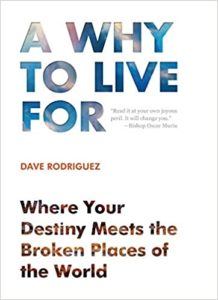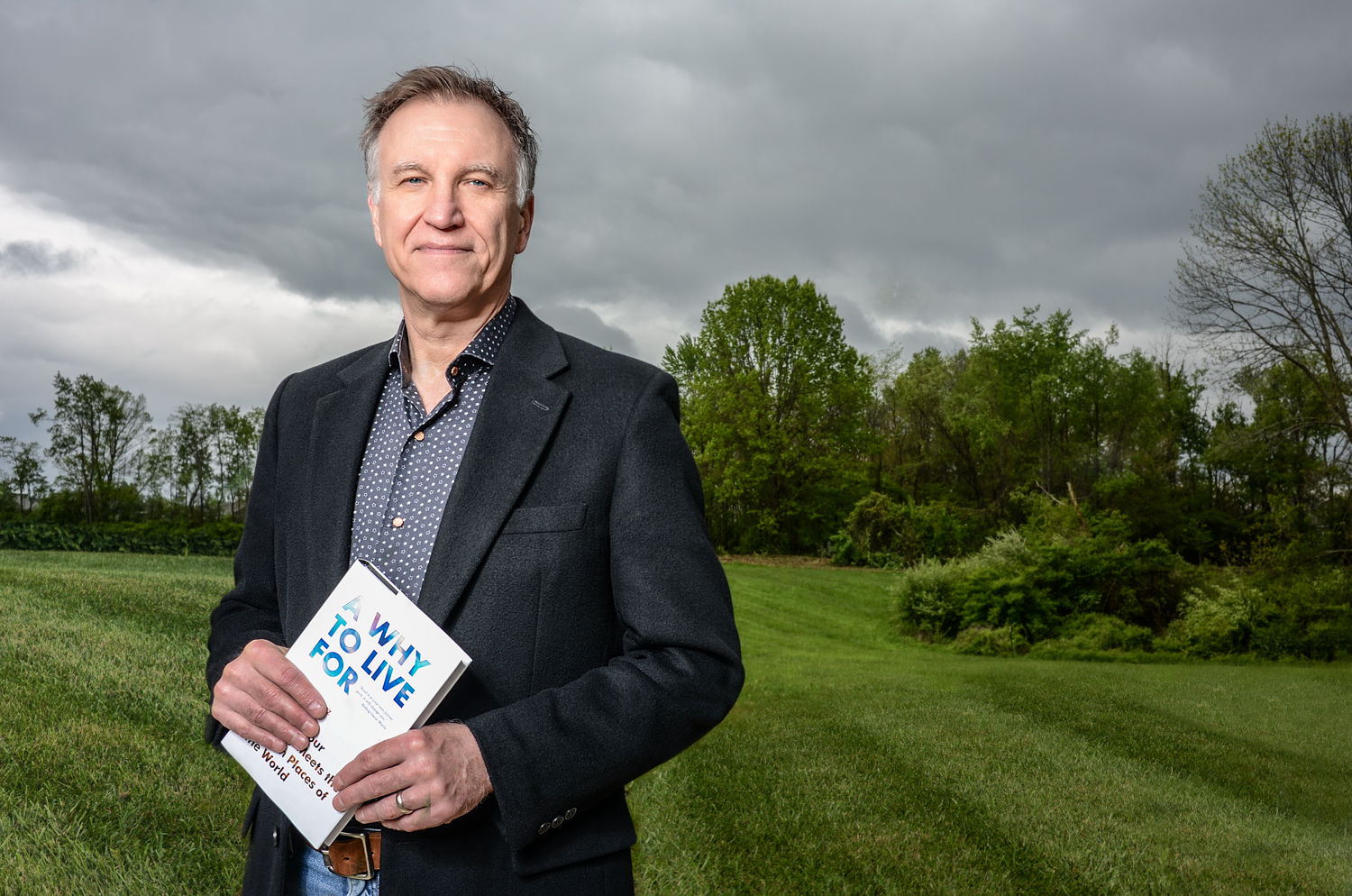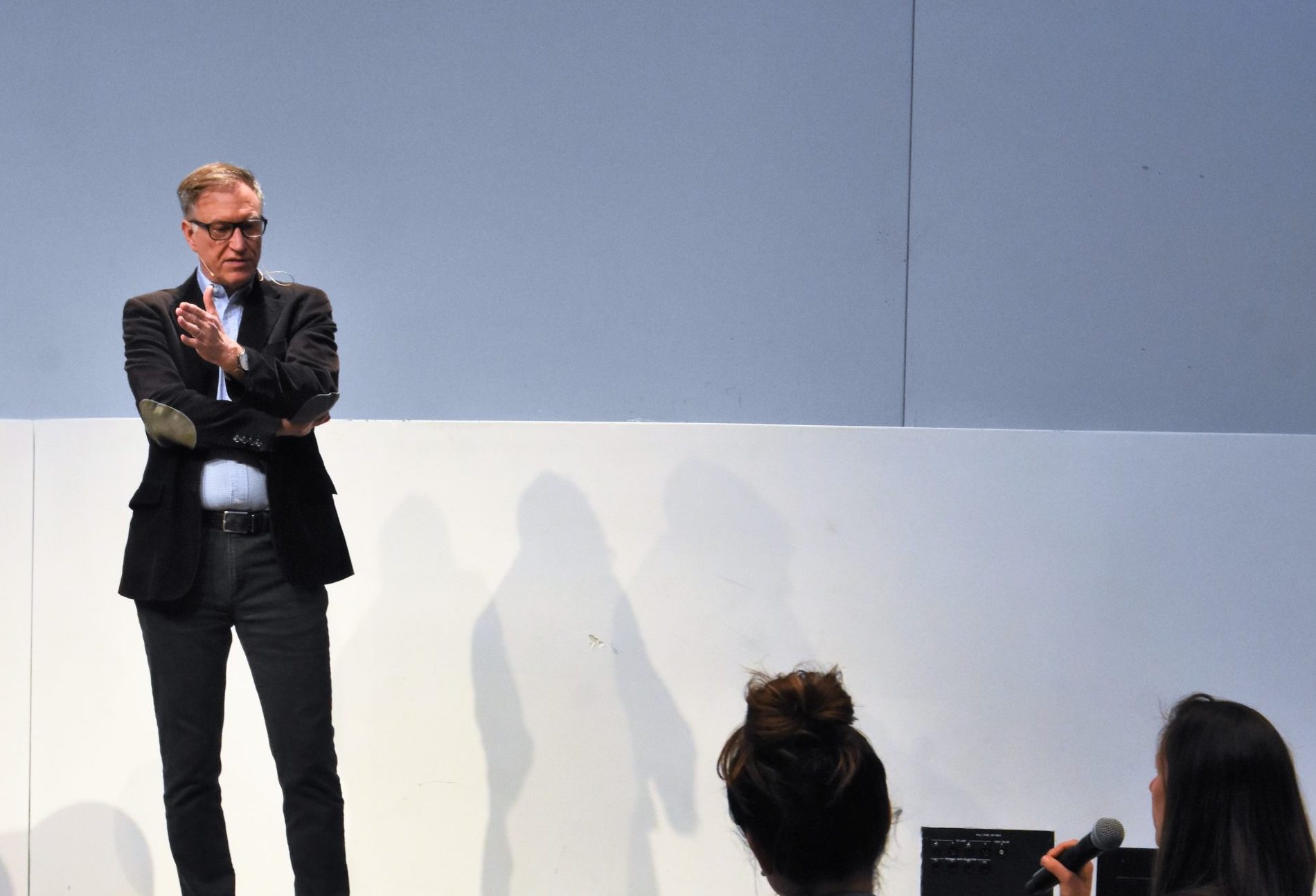If you would have asked me that question in the early part of 2021 at the height of the pandemic and in the throes of life transition, I would have fumbled about for an answer. To be honest, I’m glad that no one actually asked me that question at that point in my life! But looking back, if I had answered honestly, I would have said, “Not great.” When it came to the condition of my body, I was struggling.
At the risk of over sharing, I was suffering from 2 digestive issues, a skin condition and higher-than-normal blood pressure. There were some days I felt just miserable. In addition, due to stress and fog eating I had reached my highest-ever weight. My clothes didn’t fit. I hated my profile. I felt gross.
Thankfully, at the depth of my distress, three things happened to me in short succession that awakened my awareness of the physical part of me. The first was a visit to my doctor’s office. I went to see her because of an embarrassing breakout of acne (Rosacea) on my face. I hoped she could prescribe some kind of ointment to rid me of the breakout, which she eventually did, but not before asking me about my stress level, which apparently is a chief culprit in this kind of skin disease. Suspecting something, she took my blood pressure, and sure enough it was way higher than normal for me. It wasn’t just my nose that was out of sorts – it was my whole body. Clearly stress had taken a toll on the physical me. Some things needed to change.
About this time, I was in the midst of coaching a number of people around the country, each one of them struggling with some aspect of their physical health. As I helped them assess what was needed to move them on to well-being, I was struck with the realization that I couldn’t lead them to a place I hadn’t been. It was time to invest in my physical health.
Finally, as I was processing all this, I became aware of a buzz on social media about a new weight loss strategy called Noom, a “psychology-based approach” to weight loss and fitness. I am all about the science, so I investigated it. Turns out it really connected with me. And I loved their nifty app, so I signed up. In time I lost weight, so much so that, in time, I was able to ditch the blood pressure medicine. The key to Noom’s approach was mindfulness. It helped me pay attention…to my feelings, my environment, my knowledge about nutrition, and my motivations. I became hyper aware of what was going into my body and the energy I was expending in exercise. I started to feel better and even regained some self-worth as I noticed my changing profile in the mirror.
It all began with mindfulness, and it will have to continue with the same, if not a higher level of attentiveness to my body, as it will with you, because right now, in America, good physical health is increasingly hard to come by.
- According to the 2019 Bloomberg healthiest country index, the US ranks 35th out of 169 countries studied.
- Adult obesity in the U.S. exceeds that of most countries in the world, including all those ahead of us in the Bloomberg health rankings. About 40% of adults in the USA are obese, with a body mass index above 30.
- Less than 5% of adults participate in 30 minutes of physical activity each day; only one in three adults receive the recommended amount of physical activity each week.
- Typical American diets exceed the recommended intake levels or limits in four categories: calories from solid fats and added sugars; refined grains; sodium; and saturated fat. Americans eat less than the recommended amounts of vegetables, fruits, whole-grains, dairy products, and oils.
- In 2016, an estimated 20.4% of U.S. adults had chronic pain and 8.0% of U.S. adults had high-impact chronic pain.
- Forty-three percent of adults drink less than four cups of water a day. That includes 36 percent who drink one to three cups, and 7 percent who drink none.
- In America,70% of adults report that they obtain insufficient sleep at least one night a month, and 11% report insufficient sleep every night.
What about you? Where do you see yourself in those stats? As with every other entry in this well-being checkup (you can find the earlier installments here) it’s good to begin with an honest, thorough assessment. How are you, really – physically?
Assess the Condition of Your Body
Caveat: I can’t emphasize this enough: begin your assessment with a physical given by your doctor. An important side note to my acne situation…my doc sent me to a skin specialist about my Rosacea who get me sorted out. But in the process of the examination, she discovered carcinoma cancer on my face that had to be removed. My point – go to your doctor and allow them to pay attention to your body as well! Use their data on you as your first points of assessment. You might even want to record their findings in your well-being journal.
Here are some questions to guide you as you mindfully scan the condition of your body:
How do you feel?
What is your pain level?
What is your level of physical discomfort?
How is your sleep? How many hours do you get? Do you wake up refreshed? Do you rely on sleep aids?
What is your energy level throughout the day? Do you find yourself regularly needing a nap to get through the day?
How is your breathing?
What are your eating patterns? What do you take into your body? Are you taking in more calories than you are expending?
How much alcohol do you drink? What other substances do you allow into your body?
How much exercise do you get? How much of your day is spent sitting? How active are you?
How much water do you drink?
When you look at yourself in the mirror, how do you feel? How much of your self-worth rides on how you perceive your body?
Questions your doctor can help answer:
What is your blood pressure?
What are your blood sugar levels?
What are the results of any cancer screenings?
Phew, that’s a lot to consider about one little body.
Now that you have brought to light the factors in your physical condition, how would you best summarize it all? Try to capture your overall assessment. I imagine it feels a bit bleak. Hopeless?
It isn’t.
Dream
Yes, you are not where you want to be but now that you know…it’s time to pull out your imagination. It’s time to dream. Be patient with this. Give yourself space to dream. Close your eyes, take a walk, breathe deeply and make a wish. What do you want to be? How do you want to feel? What do you want to look like?
Set a Few Goals
Now, armed with your dream, create a few (no more than three) specific, measurable goals that, if pursued, could very well help your dream become reality. Here are a few examples:
Lose 5 pounds by January 1
Join a gym
Get a physical
Limit calorie intake to 2000 (women) or 2500 (men)
Practice New Habits
With your dream firmly in your mind and your goals in front of you, identify some regular, very practical practices you can commit to over the next three months that will help you achieve your goals. Here are a few examples:
Drink more water every day
Cut back on sugar
Walk 4 times per week
Add weights to your workout routine
Go to bed by 10:00 every night
Remember, this is not meant to be a complicated strategic plan. It is meant to be doable. You have to get a few wins to move the needle on your well-being.
Dreams + Goals + Habits = the Journey to Well-being




0 Comments